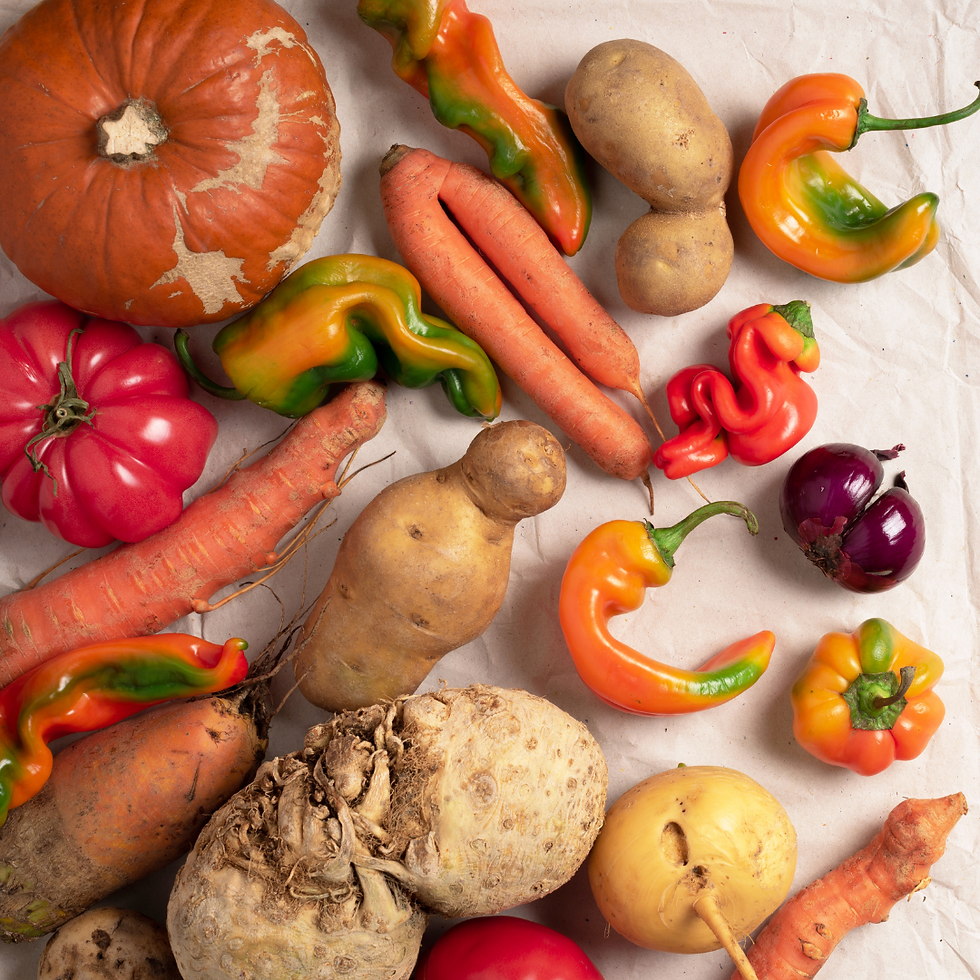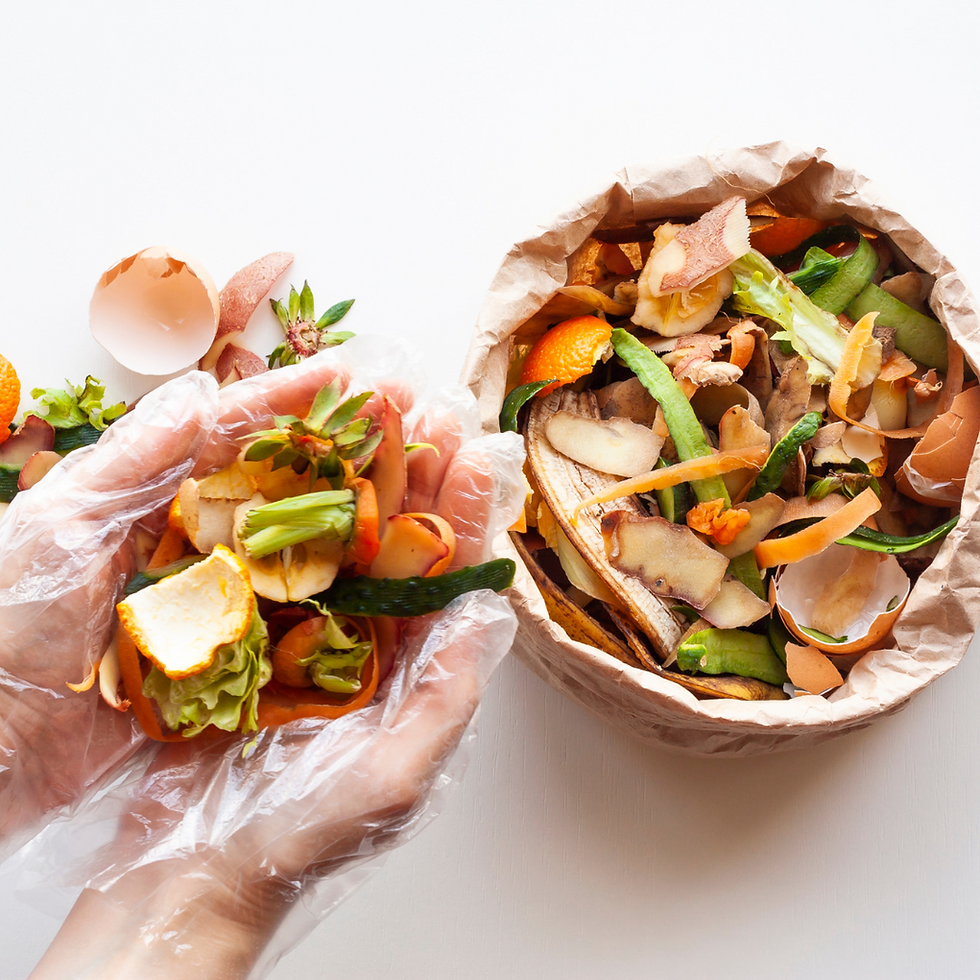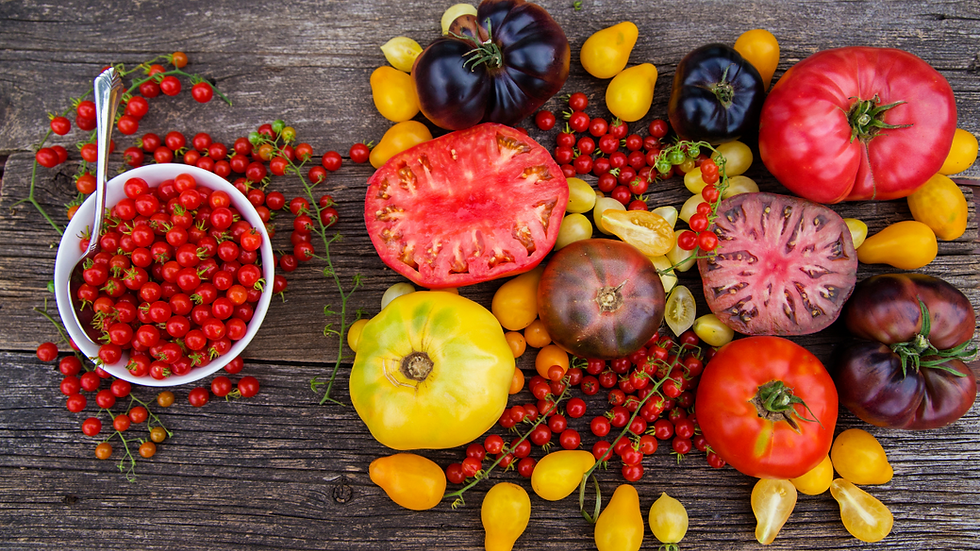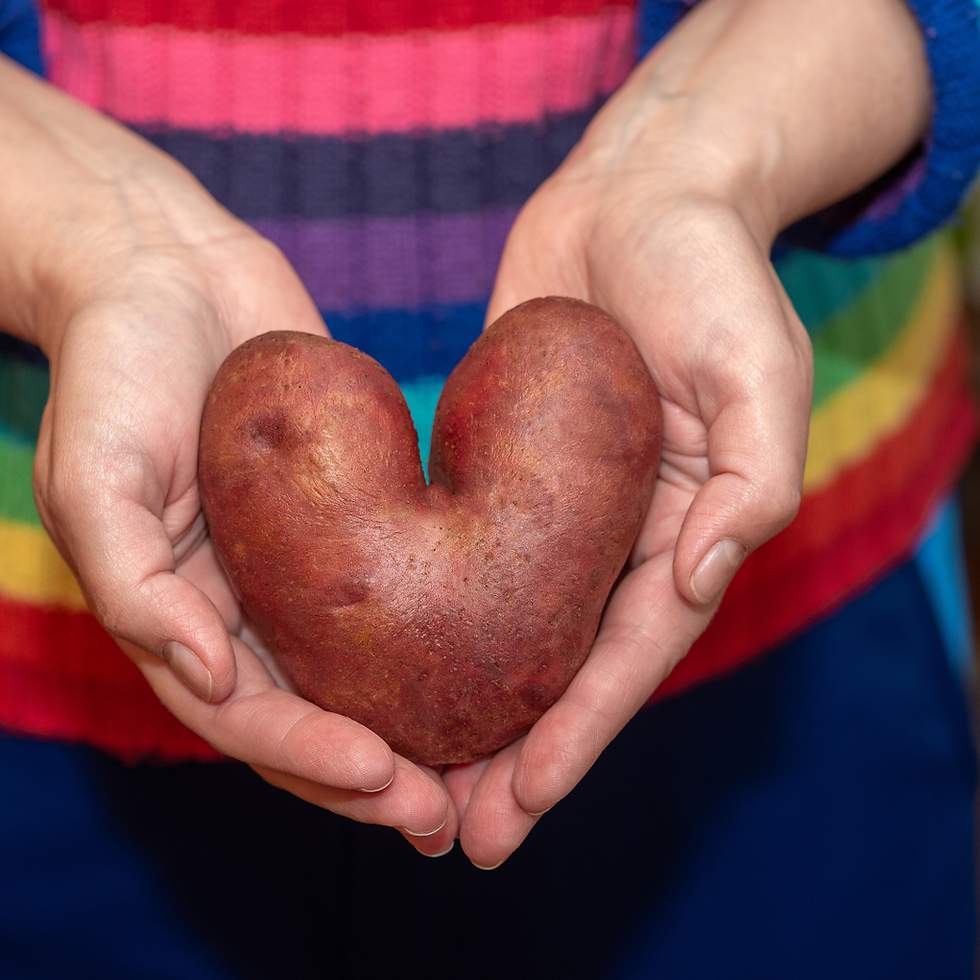
Embracing less-than-perfect fruits and vegetables and seeing the beauty in ugly produce is a great way for restaurants to save money, cut waste, and decrease their carbon footprint. It's also a cost-effective way to add healthy, vibrant, and unique dishes to the menu.
While the world wastes about 2.5 billion tons of food every year, the United States discards nearly 60 million tons (120 billion pounds)---more than any other country in the world.
With each person in the US tossing 325 pounds of waste every year, food is the single largest component taking up space inside US landfills. What's more, the amount of food wasted in America has an approximate value of nearly $218 billion, which equates to 130 billion meals. Sadly, with so much of the food purchased going to waste every year, 37 million Americans are continuing to struggle with food insecurity.

More Stats to Consider
Americans waste more than $408 billion each year on food.
The food service industry is responsible for 40% of food waste in the US.The average American family wastes $1,600 a year in produce.
According to the World Wildlife Federation, the production of wasted food in the US equates to the greenhouse emissions of 37 million cars.
The water and energy it takes to produce wasted food generates 11% of the world’s greenhouse emissions.
There are many causes for the high rates in food waste in the Unites States, including extreme weather, unforeseen accidents, and unavoidable natural disasters. Still, however, an egregious amount of food goes to waste unnecessarily.
One of the most flagrant reasons for wasted food is a widesprad fear of cosmetic imperfections among consumers. When produce does not meet color, size, shape, or other expectations, many of these items are simply tossed.
Throwing away food which was grown and intended for human consumption when so many people are starving is disgraceful. Long identified as one of the most effective ways to fight world hunger, reducing food waste is one of the more obvious measures, benefiting both humans and the environment.

Ripening Awareness
Misshapen, bruised, and oddly colored fruit and vegetables are known to turn many consumers off, leading to enormous food waste and lost profits. Deformed potatoes, overripe tomatoes, lopsided red bell peppers, and gnarly carrots are examples of perfectly edible produce that doesn’t meet the physical standards demanded by a majority of Americans.
But these imperfect veggies and fruits, once deemed “no good” are now turning from trash into restaurant treasure. A revolution of sorts, as awareness has been building, “ugly” produce is taking on a beautiful appeal in restaurant kitchens.
Savvy chefs have long found creative ways to integrate #2 produce into their menus. Creating soups, juices, stews, and sauces with cast-offs and scraps has always been a common way to salvage otherwise unusable produce. And imperfect looking specimens are often actually better for recipe purposes than the premium alternative. In peak season, for example, many tomatoes don’t make it to market because they’ve over ripened. But overripe can also mean they’re bursting with juice and flavor–the perfect ingredient for sauces.

A steadily increasing awareness that seconds are not only just as nutritionally-packed and delicious as the more physically pleasing alternatives, they are a much more cost-effective choice. Many times "ugy" fruits and veggies are as much as half the price as their “pretty” counterparts, and when they’ll be chopped, pureed, ground, or juiced anyway–why not?
And not only is utilizing every last available ingredient fiscally smart and eco-wise for restaurants, but there’s a trickle down benefit to farmers, grocers, suppliers, and distributors. And the decreased cost also benefits the consumer by keeping menu items affordable and less affected by today’s skyrocketing costs.

Sourcing Seconds
Working directly with local farms is often the most economical route to getting your hands on imperfect fruits and vegetables at great prices. Letting your local farmer know that you’re not only amenable to accepting less-than-perfect produce, but would actually prefer it– (especially if the price is right) can help put you on the radar as a customer they want to serve and satisfy!
An emerging number of “ugly produce” grocers and subscriptions services have begun picking up on the opportunities of selling seconds. Imperfect Produce and Misfits Market buy imperfect produce at a discount and pass the savings on to their customers.

Tips for Sourcing Imperfect Produce
Look into retailers like Hungry Harvest that also have wholesale and food service divisions.
Ask your existing vendors if they offer seconds upon request.
Consider purchasing scraps like celery roots, broccoli pieces, and carrot tops.
Let local farmers and farmers markets know you’re interested in purchasing their seconds.

Leveraging the power of the ugly food movement, restaurants can find the beauty in seconds and cultivate profits throughout the year.
For more information about elevating your menu by incorporating seasonal produce, read our previous post, Savoring Summer: Elevate Your Restaurant Menu with Seasonal Ingredients.

By Eileen Strauss

Comments